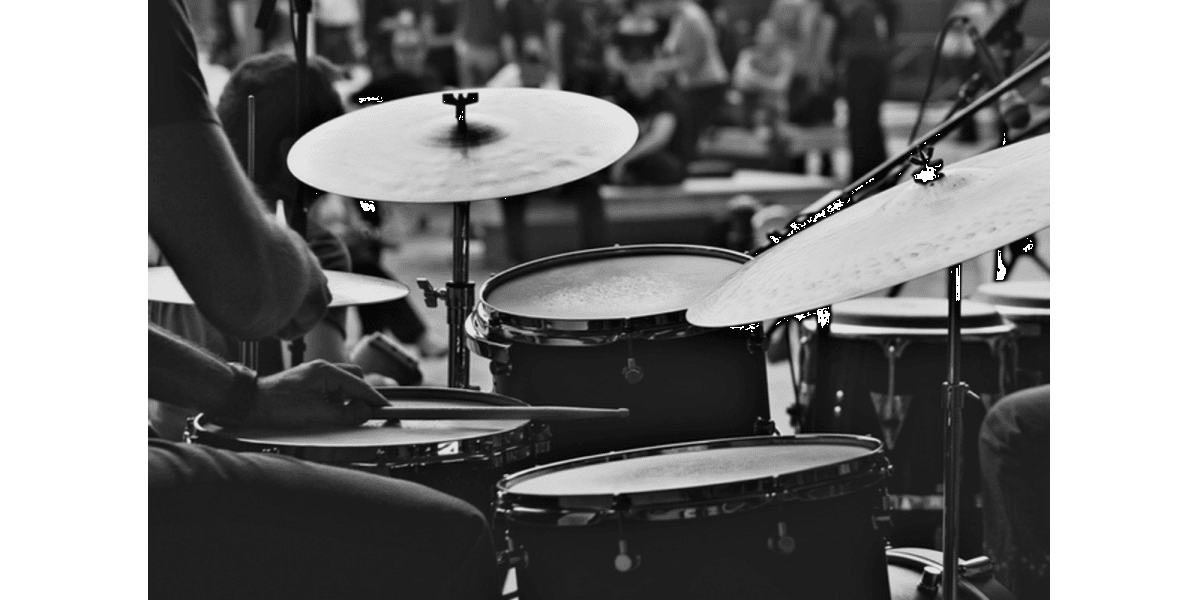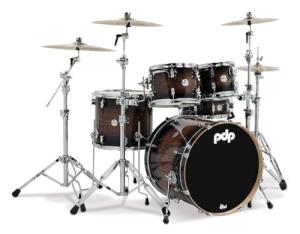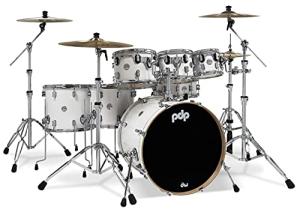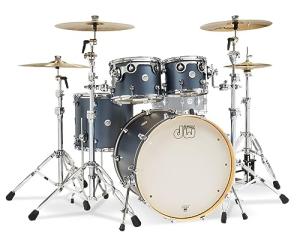Learning drum notation is key for drummers. It allows them to play new beats and songs without prior practice or listening.
This beginner-friendly guide covers the basics of drum notation. You'll learn about the staff, clef, and measures. Plus, how to read notation symbols and understand rhythms.

Whether you're new to the field or experienced, this guide will boost your skills. It makes you more confident in playing the drums.
Key Takeaways
- Understand the basics of drum notation
- Learn to decode drum notation symbols
- Grasp rhythms and improve your drumming skills
- Enhance your confidence as a drummer
- Apply your knowledge to play new drum beats
The Fundamentals of Drum Sheet Music
Drum sheet music is key for drummers to get better. It acts as a guide, showing the rhythm and structure of a song.
The Staff, Clef, and Measures in Percussion Notation
The staff, clef, and measures are the basics of drum sheet music. The staff has five lines and four spaces. The percussion clef shows it's for drumming.
The clef is usually neutral or percussion, meaning it's for drum sounds. Measures are the parts of the staff divided by vertical lines. They help drummers stay on beat.
Drum Set Layout on the Staff
Knowing the drum set layout on the staff is important. Each line and space on the staff points to a specific drum or cymbal. The key or legend at the start explains which is which.
A standard drum set includes the bass drum, snare drum, toms, hi-hat, and cymbals.
| Drum/Cymbal | Staff Position |
|---|---|
| Bass Drum | Lowest line on the staff |
| Snare Drum | Third line on the staff |
| Hi-Hat | Space above the staff |
Decoding Drum Notation Symbols
Learning drum notation symbols is crucial for drummers seeking to improve their skills. Drum notation can seem tough, but breaking down the symbols helps. This way, drummers can grasp how to read drum sheet music.
Bass Drum, Snare, and Tom Notation
The bass drum, snare, and toms have their symbols on the staff. The bass drum is on the lowest line, and the snare is on the third line. Toms are above the snare.
Notation for these drums varies, but a common layout is:
| Drum | Notation |
|---|---|
| Bass Drum | Lowest line on the staff |
| Snare Drum | Third line on the staff |
| Toms | Lines above the snare |
Hi-Hat, Ride, and Crash Cymbal Symbols
Hi-hat, ride, and crash cymbals have unique symbols. Hi-hats are often above the staff, with symbols for open and closed. Ride and crash cymbals have their own symbols, usually on the top line or above.
Ghost Notes, Accents, and Special Techniques
Ghost notes, accents, and special techniques are crucial in drum notation. Ghost notes are shown with parentheses or small note heads, for softer playing. Accents are marked with a symbol for stronger playing.
Mastering these symbols helps drummers read drum sheet music better. It also boosts their drumming skills.
How to Read Drum Notation: A Beginner-Friendly Guide to Rhythms
Learning rhythms is key to mastering drum notation. To get good at drumming, you need to understand timing and note length.
Note Values, Rests, and Duration
In drum notation, note values show how long a note lasts. You'll see whole, half, quarter, eighth, and sixteenth notes. Rest means you should be silent. Knowing how long notes and rests last is vital for keeping a steady beat.
Here's a quick guide to common note values and their rests:
| Note Value | Duration | Rest Symbol |
|---|---|---|
| Whole Note | 4 beats |
| Half Note | 2 beats | |
| Quarter Note | 1 beat |
Counting Systems for Drummers
Drummers use counting systems to improve their timing. The most common way is to count beats out loud or to themselves. For example, in a 4/4 time, you count "1, 2, 3, 4" for each measure. You can also count subdivisions like "1-and-2-and-3-and-4-and."
Counting helps drummers improve their timing. It also improves their ability to read music notation for drums.
Interpreting Basic Drum Patterns and Grooves
To become a skilled drummer, you need to understand the basics of drum patterns and grooves. This skill is crucial for playing various musical styles effectively. Drum patterns and grooves are the rhythmic backbone of music, guiding the drummer through the song.
Standard Rock, Pop, and Blues Patterns
Rock, pop, and blues patterns are essential in drumming. These genres use simple rhythms that lay a solid foundation for the music. For example, a basic rock pattern might include a steady rhythm on the hi-hats, along with a straightforward bass and snare drum pattern. Understanding these patterns is vital for drummers playing in these genres.

Reading and Executing Drum Fills
Drum fills add excitement and variety to a song. A fill is a short section that "fills" a musical gap, often leading into a new part of the song. To read and play drum fills well, you need to grasp drum notation and play smoothly and accurately. Fills can range from simple to complex, depending on the song and the drummer's skill.
To master drum fills, practice easy drum notation and work on your timing and coordination. This practice will help you smoothly add fills to your playing, enhancing your music.
Effective Practice Methods for Drum Notation
Improving at reading drum tab notation requires effective practice. Drummers should use a systematic approach. This includes different techniques and tools.
Progressive Sight-Reading Exercises
Progressive sight-reading exercises are essential for developing better reading skills. Start with simple drum music sheets and then move to more complex ones. This method helps build confidence and fluency in reading drum notation.
- Begin with short, simple exercises and gradually increase the complexity.
- Focus on accuracy and timing, practicing with a steady tempo.
- Use a variety of drum music sheets to get familiar with different notations and styles.
Using a Metronome to Build Timing Accuracy
A metronome is a great tool for improving timing when learning drum notation. It helps drummers develop a strong sense of rhythm and timing.
| Metronome Setting | Practice Focus | Benefits |
|---|---|---|
| Slow Tempo (60-80 BPM) | Focus on accuracy and precision | Improves control and technique |
| Medium Tempo (100-120 BPM) | Work on maintaining a steady rhythm | Enhances overall timing and groove |
| Fast Tempo (140-160 BPM) | Develop speed and agility | Increases performance confidence |
By practicing progressive sight-reading exercises and using a metronome, drummers can significantly improve their skills. Consistent practice with these methods will make you perform better and feel more confident.
Digital Resources and Tools for Learning Drum Notation
Drummers now have many digital tools to learn drum notation. The internet is full of resources and platforms to help. They make learning drum notation easier and more fun.
Drum Notation Software and Apps
There are many software programs and apps for learning drum notation. They offer interactive lessons and exercises. Features like customizable exercises and real-time feedback make practice better.
DrumScore and NoteFlight are popular choices. They have big libraries of songs and exercises.
Online Tutorials and Interactive Learning Platforms
Online tutorials and platforms offer lessons for drummers of all levels. Sites like DrumTutor and TakeLessons have video tutorials and exercises. They also give personalized feedback.
These resources are ideal for drummers seeking to improve their ability to read drum notation.
| Resource | Description | Platform |
|---|---|---|
| DrumScore | Interactive drum lessons and exercises | Web, Mobile |
| TakeLessons | Personalized drum lessons online | Web |
| NoteFlight | Music notation software with drum exercises | Web |
Conclusion
Learning drum notation is key for drummers. It lets them play new beats and songs with ease. By understanding the staff, clef, and measures, and decoding symbols, drummers get better.
Drum notation makes it easy to read and play complex rhythms. With practice and the right tools, drummers can reach new heights. They can play with more skill and confidence.
This guide helps drummers enhance their skills and grow. It's great for both new and seasoned drummers. Mastering drum notation is a big step towards musical greatness.
FAQ
Q: What is drum notation, and why is it important for drummers?
Q: How do I read the staff, clef, and measures in drum sheet music?
Q: What do the different drum notation symbols represent?
Q: How do I understand note values, rests, and duration in drum notation?
Q: What are some effective practice methods for improving drum notation skills?
Q: How can I learn to read drum notation for complex rhythms and time signatures?
Q: Are there any recommended drum notation software or apps for learning?
Q: How can I apply my drum notation skills to play different genres of music?
DISCLAIMER
This document is provided for general information purposes only and should not be relied upon as providing legal advice, technical, or specific operational guidance to the reader, whether as to the practices described in the document or the applicable legal requirements and regulations. Percussion Pros expressly disclaims any responsibility for liability arising from or related to the use or misuse of any information in this document.





